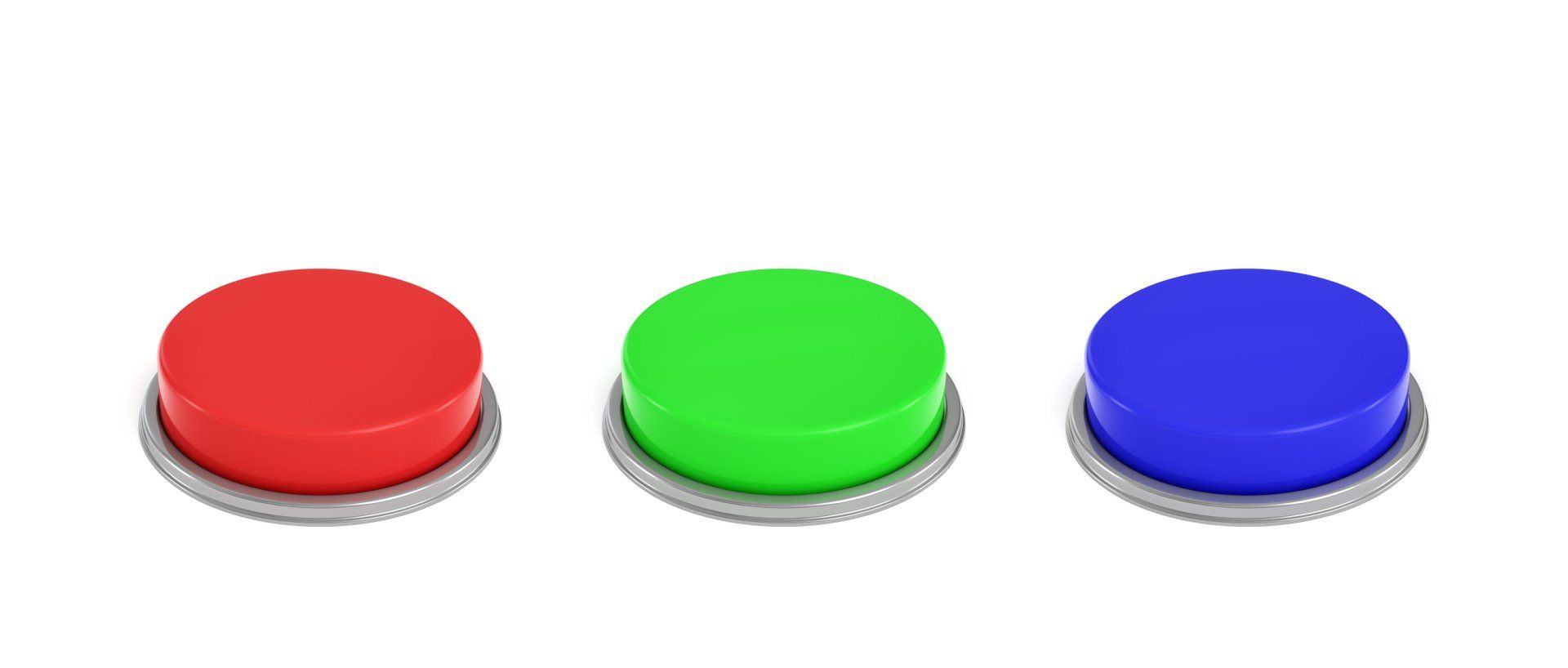Learning Lessons from 2021

We are at the end of another year like no other. The incredible rate of change in our lives over the past couple of years has exceeded our normal capacity to comfortably handle uncertainty. Society has been challenged by the spread of Covid, the supply chain crisis, and the decrease in the working age population (as the birthrate continues to decrease). Being resilient, finding ways to move forward differently, has become essential for success!
Resilience requires knowing where you want to go, reflecting on what has and has not been helping you get there, and making changes that increase your success. This week is a good time to remind yourself what you were trying to accomplish this year, reflect on what helped you or hindered you, and decide what you will change to have a more successful 2022.
First, what were you trying to accomplish? What were your revenue or profit goals? What were your quality goals? How were you planning to maintain or grow your business? Did you meet, not meet, or exceed your goals?
Second, what helped you achieve the results you had and what hindered you from doing better? Continue to do the things that helped your success and stop doing the things that hindered your success. For example, one thing that helped me achieve my 2021 goals was outsourcing more administrative tasks to free up time for prospecting and program delivery. I contracted to diverse individuals. To some I delegated tasks in which I was competent to others who also had the required skill base. To others I delegated tasks in which they were highly skilled so I wasn’t floundering in areas that don’t come easily to me. I will continue to contract out a diversity of tasks in 2022. On the other hand, one thing that limited my success was not planning my week’s and day’s work in advance. I will stop starting my work week without reviewing the full scope of the tasks ahead of me and I will stop starting my work day without blocking off time on my day planner for each priority task.
Third, what do you need to start doing to be more successful next year. For example, I need to think ahead about the upcoming tasks that others could be doing for me and delegate them in advance to free up even more of my time for the work that only I can do.
What do you notice when you reflect on 2021? What will you Start, Stop, and Continue so that 2022 is a successful year for you?

